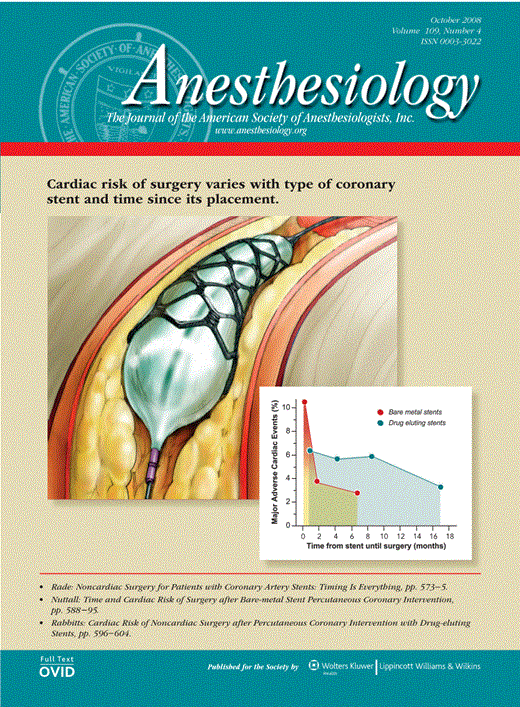Druidus
Bluelighter
- Joined
- Mar 28, 2006
- Messages
- 599
I'm very interested in how, exactly, nitrous oxide works. Without fully knowing how it works, it is impossible to know if there could be long term complications from its use (or how much could cause complications) and, moreover, it's just plain interesting to try to understand.
I'm aware of the fact that it reduces B12, but what else may be happening? Apparently, there is some evidence to suggest that it effects NMDA, GABA, and opiate receptors. I am still reading on it, myself, but I will provide a link to a document I've found helpful for if anyone is interested. I'd love to hear what anyone else could add/offer.
Here is a great resource I found:

 pubs.asahq.org
pubs.asahq.org
I'm aware of the fact that it reduces B12, but what else may be happening? Apparently, there is some evidence to suggest that it effects NMDA, GABA, and opiate receptors. I am still reading on it, myself, but I will provide a link to a document I've found helpful for if anyone is interested. I'd love to hear what anyone else could add/offer.
Here is a great resource I found:

Biologic Effects of Nitrous Oxide: A Mechanistic and Toxicologic Review
Nitrous oxide is the longest serving member of the anesthesiologist's pharmacologic armamentarium but remains a source of controversy because of fears over its adverse effects. Recently, the Evaluation of Nitrous oxide In a Gas Mixture for Anaesthesia (ENIGMA) trial reported that nitrous oxide...


